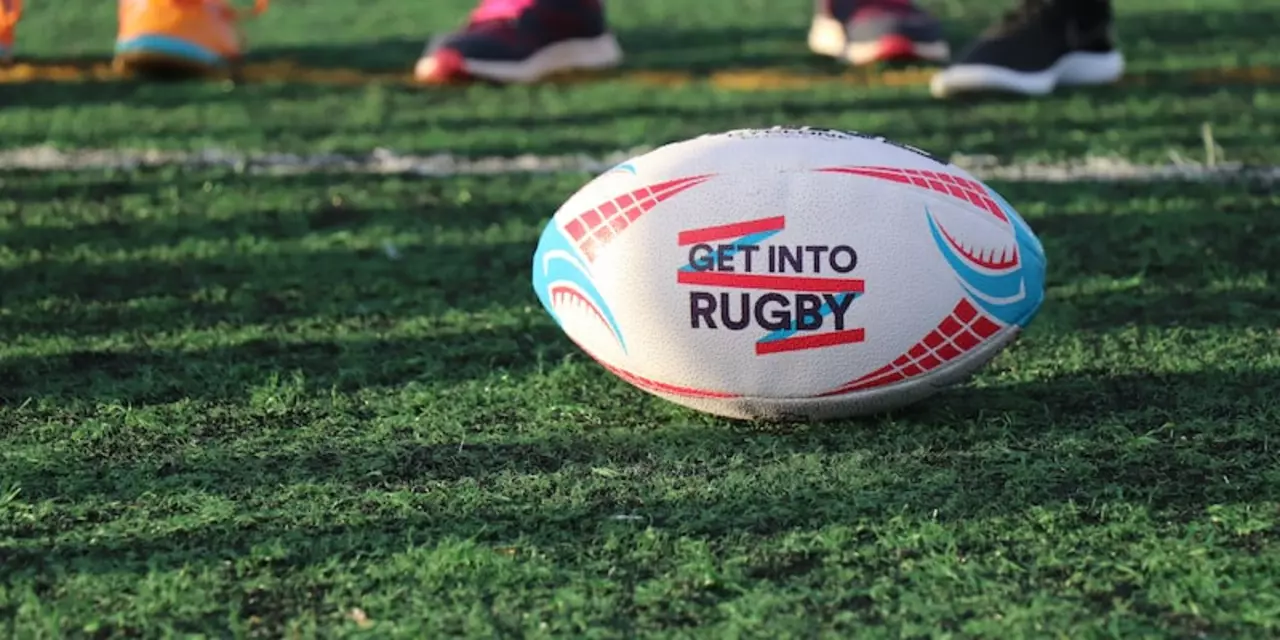Rugby Similarities – What Links the Game to Others
When you sit down with a rugby ball and a football, you start spotting patterns that feel oddly familiar. Both sports need raw power, quick thinking and a love for teamwork. But the real magic shows up when you compare rugby to games like American football or even its own cousin, rugby league. Let’s break down the most obvious similarities you’ll notice on the pitch or the field.
Speed and Athleticism
One of the first things fans ask is whether NFL players are faster than rugby players. The answer isn’t a simple yes or no. NFL athletes train for short bursts – a 40‑yard dash is the gold standard – so they often post quicker sprint times. Rugby players, on the other hand, run for 80 minutes straight, which builds a different kind of stamina. You’ll see a rugby winger sprinting down the sideline, then instantly joining a tackle a few minutes later. That blend of speed and endurance is a hallmark of the sport and makes it feel like a marathon of sprints.
Another similarity is the way both games value explosive power. Whether it’s a line‑out lift in rugby or a quarterback’s jump‑ball, players need to generate force in a split second. Training sessions for both codes include weightlifting, plyometrics and sprint drills. If you watch a rugby scrum and an NFL offensive line clash, the raw muscle work looks almost identical.
Safety and Rules
Rugby and its league sibling share a surprisingly high concussion rate. Studies show rugby union edges ahead with a slightly higher frequency, but both codes are working hard on head‑injury protocols. Referees now stop play for suspected concussions, and teams have built‑in recovery periods. This focus on safety mirrors the NFL’s recent rule changes, like targeting penalties and concussion spots, proving that high‑impact games can learn from each other.
The way rugby talks about “laws” instead of “rules” also sets it apart while keeping a common thread with other sports. Laws are meant to be adaptable – they can change for junior levels or professional tiers without breaking the core game. This flexibility is similar to how the NFL tweaks its rulebook each season to improve flow or player welfare. Both approaches aim for a balance between tradition and modern safety.
Finally, the passion fans feel is a shared experience. Whether you’re cheering for a home club in Portsmouth or a national side in the Six Nations, the community vibe is the same. People gather in pubs, wear scarves and chant the same kind of unfiltered support. That cultural similarity is what keeps both rugby and its comparable sports thriving across continents.
So next time you hear a debate about which sport is tougher or faster, remember the many ways they mirror each other. The overlapping training methods, injury awareness and fan culture prove that while the games look different on the surface, they’re built on a common foundation of grit, teamwork and a love for the chase.

Is rugby similar to American football?
Rugby and American football are similar in some ways, but they also have distinct differences. Rugby is played on a much larger field, with more players and less equipment. The rules of rugby allow for more physical contact between players than American football, and the ball can be passed in any direction. Unlike American football, rugby does not have downs, and the game is continuous until a player scores or a penalty is called. Rugby also does not have field goals or extra points, and a try is the only way to score points. While similar in some ways, rugby and American football have enough unique characteristics to set them apart.
view more

